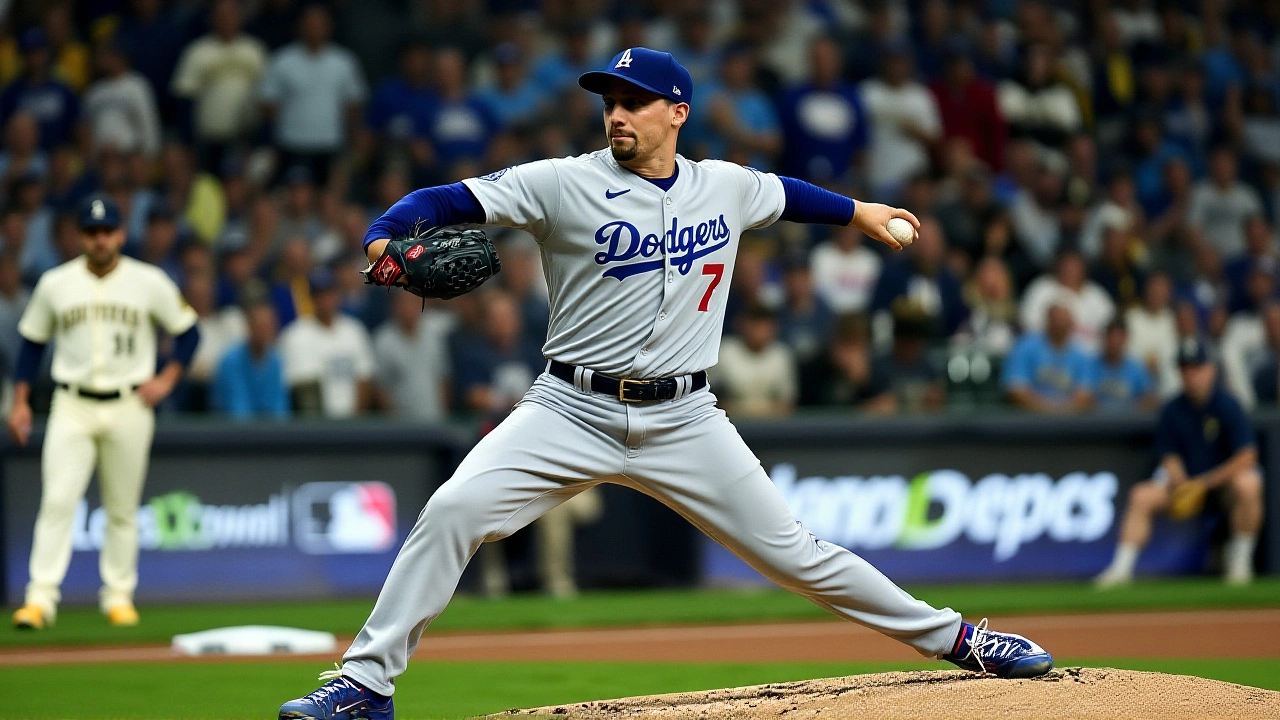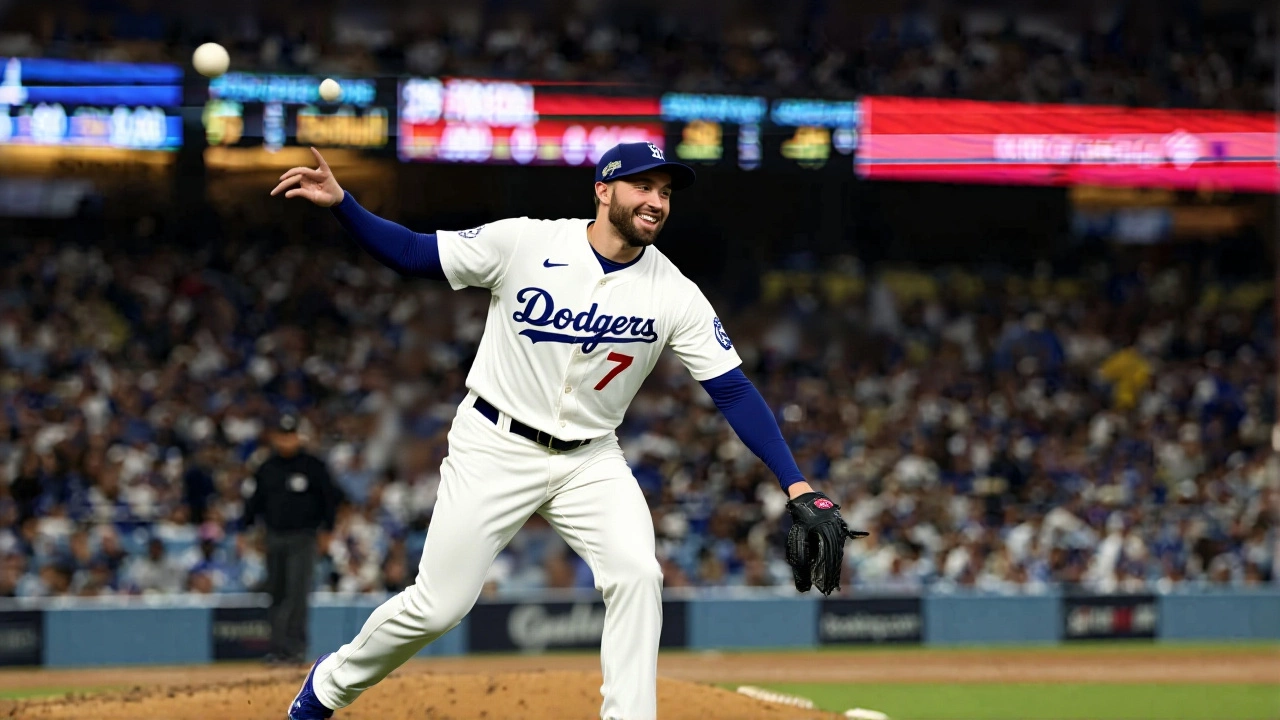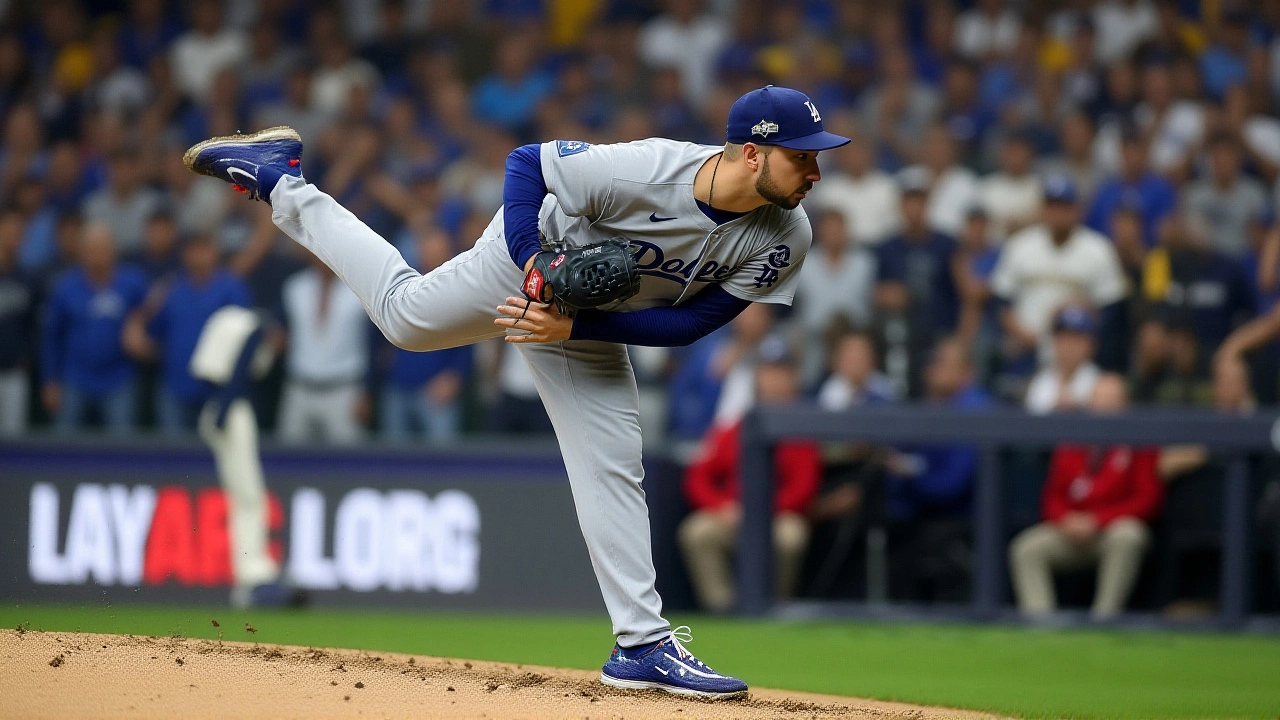Blue Jays stun Dodgers 11-4 in Game 1 of 2025 World Series

When Vladimir Guerrero Jr., first baseman for Toronto Blue Jays launched a three‑run double in the sixth inning, the crowd at Rogers Centre roared louder than a stadium‑full of fans at a playoff final. The 11‑4 victory over the Los Angeles Dodgers on Friday, October 24, 2025, flipped the narrative in the opening contest of the World Series. Starting pitchers Trey Yesavage, right‑hander for Toronto, and Blake Snell, left‑hander for Los Angeles, set the stage for a classic showdown, but it was the Blue Jays’ patience at the plate that proved decisive.
Game Summary: Nine‑Run Surge in the Sixth
The first five innings were a chess match. Yesavage kept the Dodgers off balance with two ground‑ball outs and a strikeout, while Snell nodded a couple of clean innings before his fastball command slipped. In the top of the sixth, Toronto seized the moment. After a leadoff single by George Springer, Davis Schneider doubled, loading the bases. A wild pitch followed, and Alejandro Kirk belted a two‑run homer that ignited the stadium. Within two more at‑bats, Guerrero Jr.’s double and a sacrifice fly from Bo Bichette pushed the run total to nine. By the end of the inning, the Dodgers were staring at a 10‑2 deficit.
Los Angeles tried to claw back in the seventh, with Shohei Ohtani, designated hitter, smashing a solo homer. However, the damage was already done. Toronto’s bullpen, anchored by Anthony Dominguez, stifled any further rally, sealing an 11‑4 win.

How Toronto’s Contact Hitting Turned the Tide
The Blue Jays entered the series with the highest contact percentage in the majors—80.5% during the regular season. Their approach, described by the Los Angeles Times beat writer Jack Harris as "taking tough at‑bats and not chasing," directly countered a Dodgers staff that posted a 39.4% whiff rate in the postseason. In plain terms, Toronto kept the ball in play, forcing Los Angeles to rely on defense rather than strikeouts.
Statistically, Toronto’s strikeout rate of 14.8% in the postseason was the lowest among all qualifying teams. That patience translated into 28 runs over the first six innings, a figure that dwarfed the Dodgers’ 12 runs scored on 27 hits across the same span. The contrast highlighted a broader trend: while Los Angeles banks on power and swing‑and‑miss pitches, Toronto leans on grinding, lineup depth.

Dodgers’ Pitching Woes and Bullpen Vulnerabilities
Snell’s fastball, usually a reliable 93‑mph heater, wandered on the edges of the strike zone in the sixth, handing Toronto three consecutive walks. Analyst